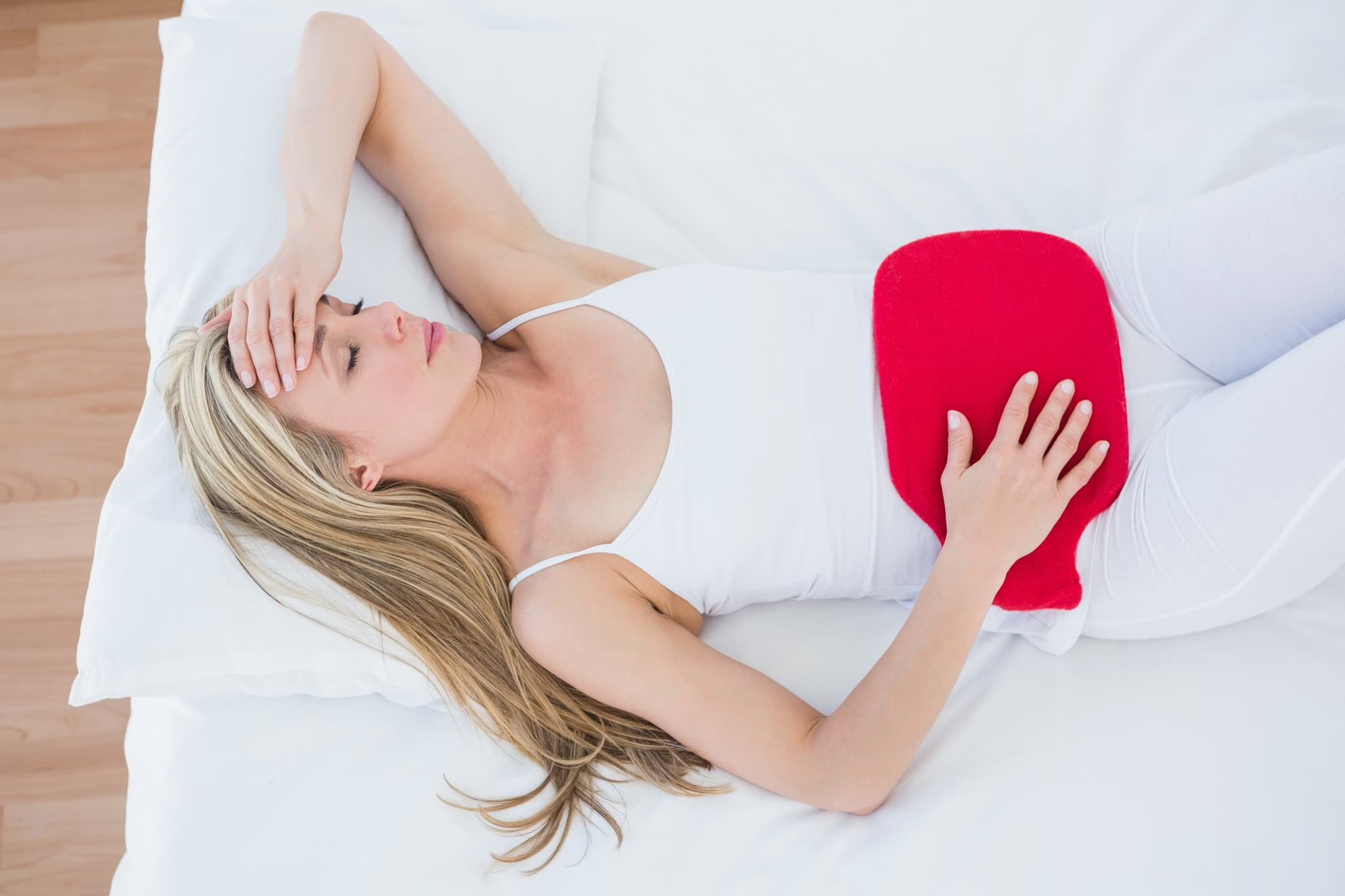
2025-11-21T14:10:25
How to Prevent Gestational Diabetes
- Family Medicine
- Internal Medicine
- OB/GYN
June 20, 2018 | Family Medicine
Specialties:Family Medicine

For about half of all women, pain and cramps during the menstrual cycle is just part of life. These cramps generally begin within a year or two after a woman’s first period, and could last for several years until menopause. Here are the causes, potential treatments and situations when painful menstrual cramps may warrant additional medical attention.
Pain during a menstrual cycle is caused by muscle contractions. The only part of the uterus that isn’t muscle is the endometrium, or the inner lining—during the menstrual cycle, the endometrium grows a new tissue layer that is rich in blood vessels and nutrients as part of the body’s natural preparation for embryo implantation (the first stage of a pregnancy).
After that process if the body realizes it is not pregnant, it releases prostaglandins—chemicals that contract the uterus and push out unused blood. This causes menstrual cramps, and the more prostaglandins your body sends out, the more pain you’ll have.
There are several treatment methods available to help reduce pain related to menstrual cramps:
If you have any of these symptoms, contact your doctor immediately:
You can always talk to your doctor for further recommendations on treating menstrual cramps.
Sources:
“What Can I Do About My Period Cramps?” WebMD. https://blogs.webmd.com/womens-health/2015/05/what-can-i-do-about-my-period-cramps.html
“Menstrual cramps.” The Mayo Clinic. https://www.mayoclinic.org/diseases-conditions/menstrual-cramps/diagnosis-treatment/drc-20374944
“Home Remedies to Relieve Menstrual Pain.” Healthline. https://www.healthline.com/health/womens-health/menstrual-cramp-remedies#herbs
“Herbal and dietary therapies for primary and secondary dysmenorrhoea.” National Center for Biotechnology Information. https://www.ncbi.nlm.nih.gov/pubmed?term=11687013

WRITTEN BY:
The Live Better Team

2025-11-21T14:10:25

2025-11-03T11:32:24

2025-10-21T11:51:52

2025-08-20T16:07:59
This information is not intended to replace the advice of a medical professional. You should always consult your doctor before making decisions about your health.